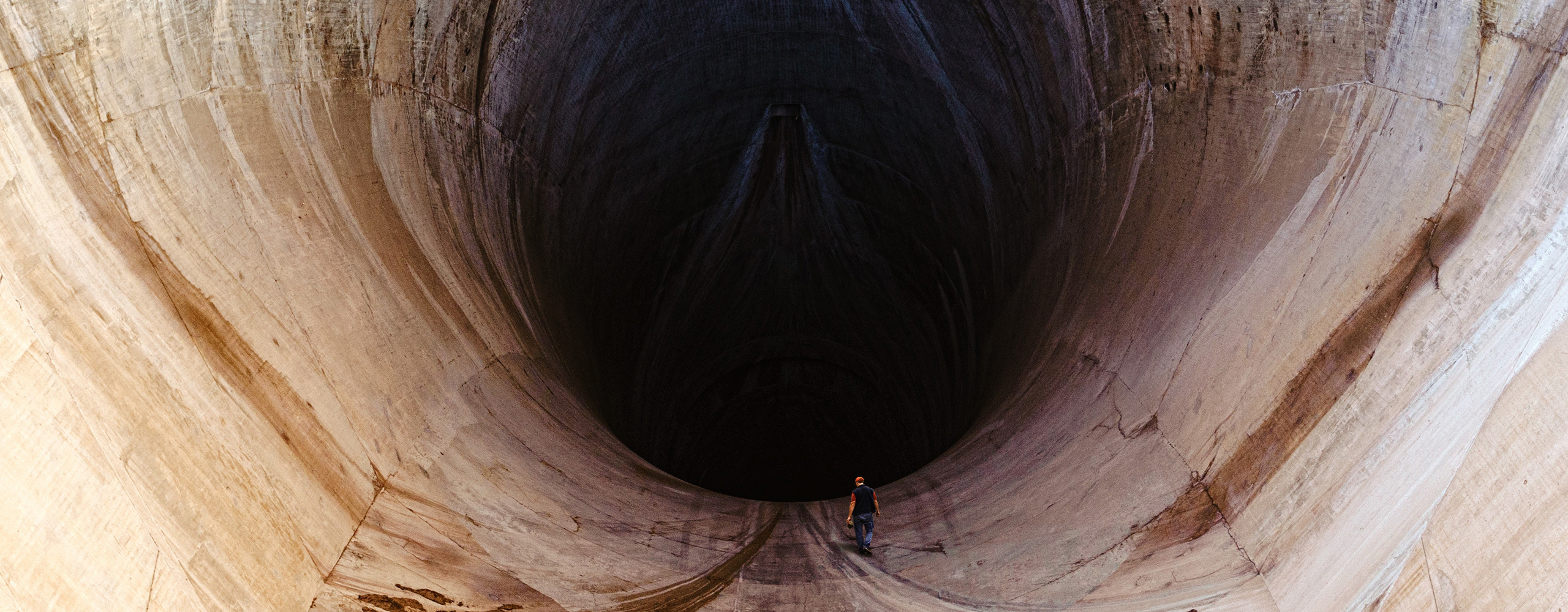What's New in ITASCA Software v910
The latest updates to ITASCA software products (FLAC3D, FLAC2D, 3DEC, PFC, and MassFlow) now introduce point-releases (e.g., 9.1, 9.2) between major versions (e.g., 9.0, 10.0). These point-releases bring significant benefits, especially for subscription license holders.
This video is a recording of our webinar from Wednesday, May 8, 2024, showcasing the latest updates in ITASCA Software v9.1, with a special emphasis on our new and improved fluid flow logic. The webinar was presented by Dr. David Russell, ITASCA's Chief Software Architect. Two of the webinar examples (project, data, and auxiliary files), not in the documentation, can be downloaded HERE. Note that the Landfill and Slope Curvature examples are for FLAC2D and FLAC3D, respectively.
Subscription license holders enjoy seamless access to point-releases at no additional cost. These point-releases are packed with new features and capabilities developed in response to user feedback and industry advancements. By staying current with point-releases, subscribers can leverage the latest tools and functionalities, enhancing their productivity, efficiency, and competitiveness.
Perpetual license holders also benefit from continuous support within their software version's support period. While they may not receive point-releases, they still qualify for bug fix updates and minor improvements, maintaining stability and reliability in their software environment.
Improved Fluid Flow and Thermal Analyses
Applies to FLAC2D and FLAC3D
- The mechanical-fluid and mechanical-thermal commands and workflow have been greatly simplified, making fluid flow analyses much easier to learn and use.
- All fluid properties and initializations are now consolidated within ZONES only via the new
ZONE FLUID PROPERTYcommand. Models using any old fluid or thermal commands will continue to work as v910 is fully save and data file backwards compatible. - If the transient response is not needed, quickly solve to steady state without needing to cycle using new the command
ZONE FLUID STEADY-STATE. - Now able to create a user-defined permeability saturation curve via Tables.
- New soil saturation-suction models, including:
- Gardner,
- Brooks & Corey,
- Van-Genucten, and
- user-defined Tables.
- New wet density contour plot-item.
- New fast implicit fluid solver for partially saturated material
- New timestep servo that automatically adjusts timestep (from explicit to implicit, and back if necessary) to solve fluid flow and thermal models as fast as possible (BETA)
- All fluid properties and initializations are now consolidated within ZONES only via the new
Improved Multi-Process Modeling
Applies to FLAC3D, FLAC2D, and 3DEC
Multi-process models contain two or more coupled or decoupled solutions (mechanical/static, fluid, dynamic, thermal, and creep). Significant improvements have been done to greatly simplify multi-process models in order to make such analyses much easier to learn and use. New features include:
- FISH, Python, and Table data between may now be retained between models using the new SKIP keyword when issuing a
MODEL NEWorMODEL RESTOREcommand. This can also be very useful when running a series of parametric models in order to analyze all the model results being recorded. - The
SOLVEcommand has been updated to solve one process at a time simplifies working with multi-process models. Processes no longer need to be setONorOFF. - The
SOLVE-FLUID(orSOLVE-THERMAL) command can be used for loosely coupled models. The fluid or thermal solution leads (over a set time period), followed by mechanical solution (until set convergence criteria), repeating until the solve criteria is met. - The
SOLVE-FLUID-DECOUPLEDcommand can be used to solve a decoupled fluid/mechanical problem, where each step solves for fluid time then solves mechanically to set convergence criteria.
Updated Null Logic
Applies to FLAC3D and FLAC2D
Zones may be nulled to represent removal of material that you may want to backfill later or cycle through glaciation periods (ice/no ice). When a zone is nulled, the model behaves as if the zone has been deleted, but the zone position and shape continue to be tracked for easy reuse later.
- To simplify the null state across different processes (mechanical, fluid, and thermal), the null logic is no longer treated as a constitutive model.
- To null a zone now, simply use the command
ZONE NULLor the FISH intrinsicszone.nullandgp.null. - Null zones are null for all processes (mechanical, fluid, thermal, dynamic, and creep).
- A new zone constitutive model called inactive has been added to provide an impermeable material for fluid flow and a perfect insulator for thermal analyses.
Better Scripting
Applies to FLAC3D, FLAC2D, 3DEC, PFC, and MassFlow
- Python can now access the built-in geometry logic (user-defined nodes, edges, faces, volumes, etc.).
- The contourpy Python library (for calculating contours of 2D quadrilateral grids) is now built-in.
Better Flow
Applies to MassFlow
- Added caved properties in the block model to keep track of mineral grades and rock properties as the cave process progresses.
- Over 10 new FISH functions to interrogate and dynamically adapt the block model properties and markers properties, provide more flexibility for cave analysis (e.g., static days in caved blocks and lower- and upper-fragmentation limits on rock fragmentation).
- Incredibly faster: Restructure of internal DrawRequest module makes importing the Draw Period file (.csv) virtually instant (10 hours in v900 to less than two seconds in v910 for a large mine simulation).
And More
Applies to FLAC3D, FLAC2D, 3DEC, PFC, and MassFlow
- Variable viscosity for joint flow can now be specified (3DEC only).
- Grouping operations are now faster.
- New Hoek-Brown curve fitting and plotting tool to calculate properties – then copy and paste these value as
PROPERTYcommands right into your model (not available in PFC). - QT 6 user interface libraries have been updated:
- User interface appearance is improved on high-resolution monitors.
- No need to specify OpenGL Mode.
- By place an asterisk (*) at the start of a command, all related warning messages will be suppressed.
- New unified dialog to better manage license/key management (Itasca Software License Manager).
- New and updated mechanical and fluid flow examples.
